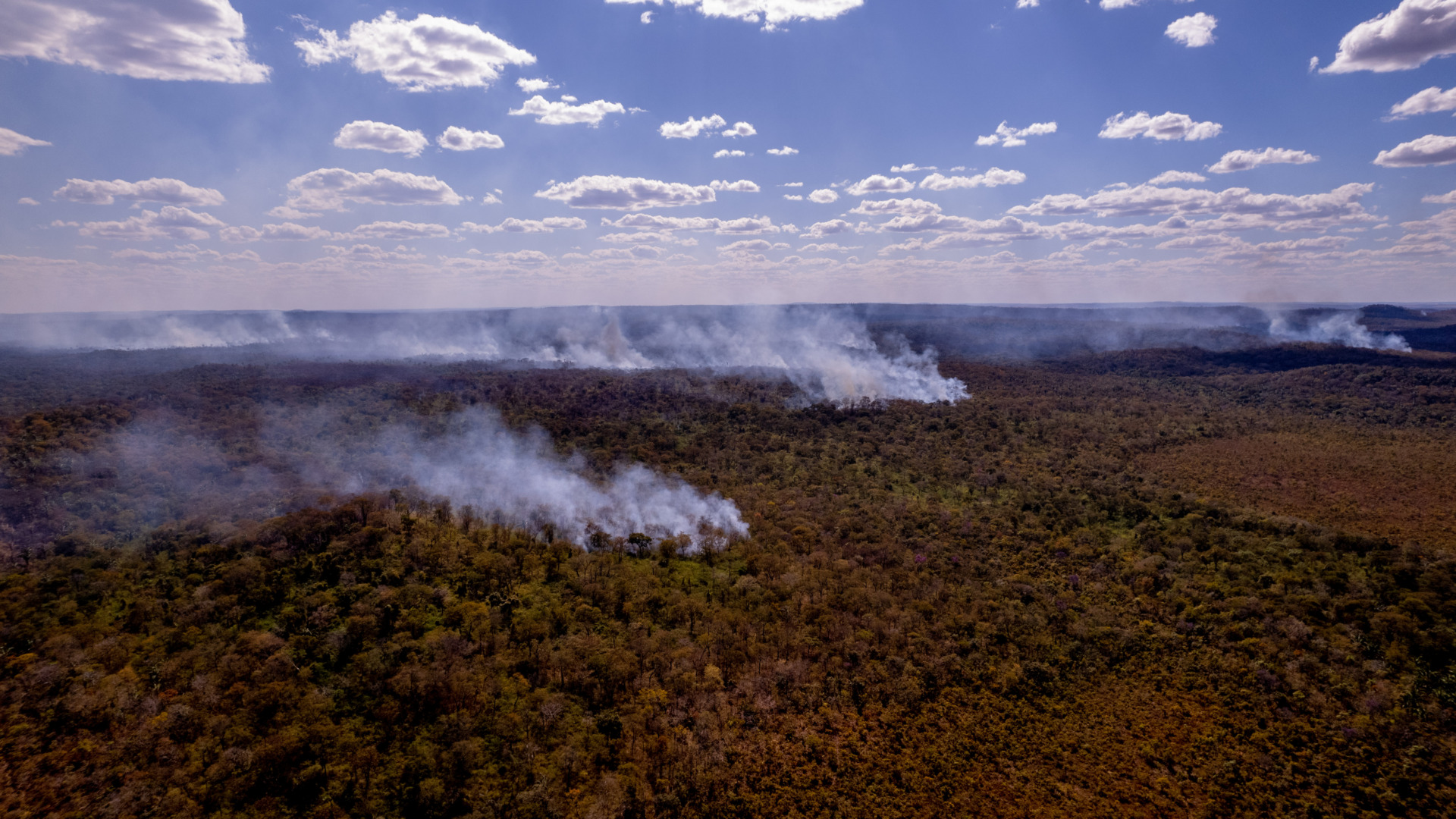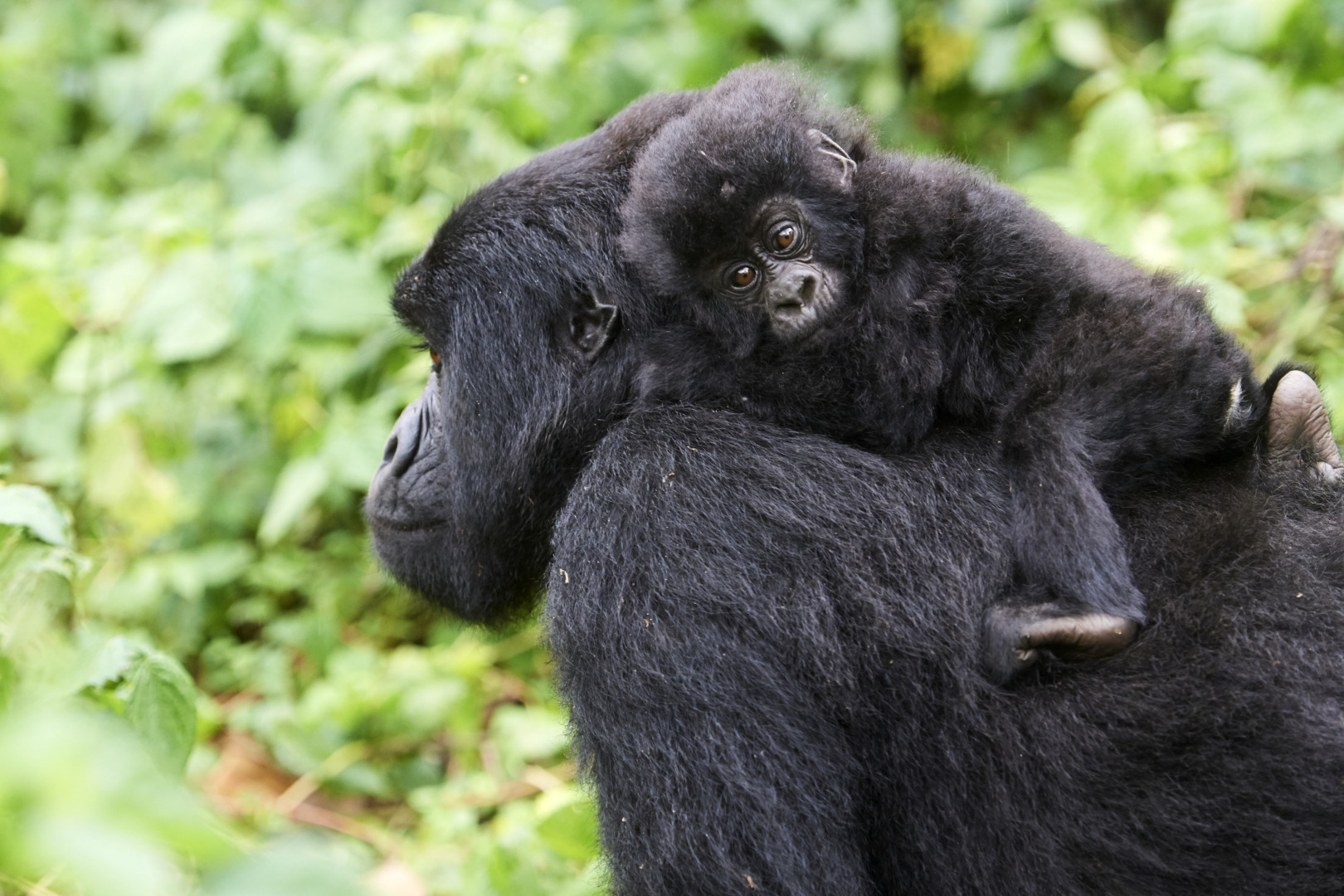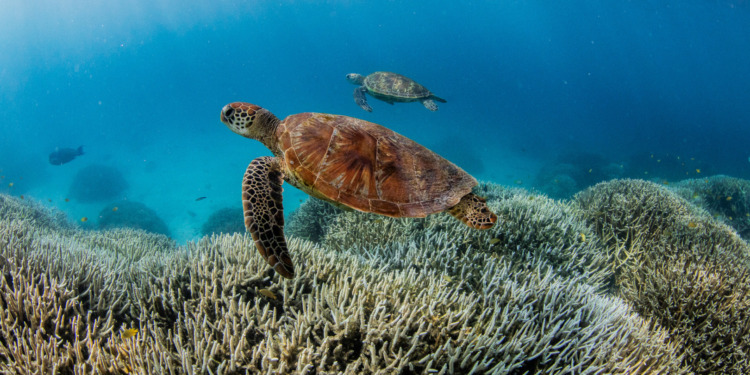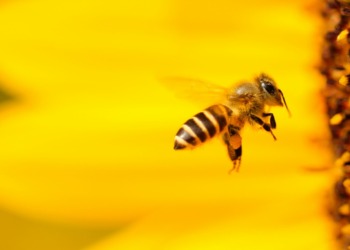- Steepest declines in monitored wildlife populations recorded in Latin America and the Caribbean (-95%), Africa (-76%) and Asia–Pacific (-60%).
- Report reveals a ‘system in peril’ as the world approaches dangerous, irreversible tipping points driven by nature loss and climate change.
- What happens over the next five years will be crucial for the future of life on Earth but we have the power — and opportunity — to change the trajectory.
There has been a catastrophic 73% decline in the average size of monitored wildlife populations in just 50 years (1970-2020), according to WWF’s Living Planet Report (LPR) 2024. The report warns that, as the Earth approaches dangerous tipping points posing grave threats to humanity, a huge collective effort will be required over the next five years to tackle the dual climate and nature crises.
The Living Planet Index (LPI), provided by ZSL (Zoological Society of London), includes almost 35,000 population trends of 5,495 species from 1970-2020. The strongest decline is in freshwater ecosystems (-85%), followed by terrestrial (-69%) and then marine (-56%). Habitat loss and degradation, driven primarily by our food system, is the most reported threat to wildlife populations around the world, followed by overexploitation, invasive species and disease. Climate change is a particular additional threat for wildlife populations in Latin America and the Caribbean, which have recorded a staggering 95% average decline.
Declines in wildlife populations can act as an early warning indicator of increasing extinction risk and the potential loss of healthy ecosystems. When ecosystems are damaged they cease to provide humanity with the benefits we have come to depend on — clean air, water and healthy soils for food — and they can become more vulnerable to tipping points. A tipping point is when an ecosystem is pushed beyond a critical threshold resulting in substantial and potentially irreversible change.

Global tipping points, such as the dieback of the Amazon rainforest and the mass die-off of coral reefs, would create shockwaves far beyond the immediate area impacting food security and livelihoods. The warning comes as fire outbreaks in the Amazon reached their highest level in 14 years in August and a fourth global mass coral bleaching event was confirmed earlier this year.
“Nature is issuing a distress call. The linked crises of nature loss and climate change are pushing wildlife and ecosystems beyond their limits, with dangerous global tipping points threatening to damage Earth’s life-support systems and destabilize societies,” said Dr Kirsten Schuijt, Director General of WWF International. “The catastrophic consequences of losing some of our most precious ecosystems, like the Amazon rainforest and coral reefs, would be felt by people and nature around the world.”
Related Articles: Inside the UN Biodiversity Conference | Over Two-Thirds of Wildlife Lost in Less Than a Lifetime | How Local Governments Can Lead the Biodiversity Movement | The Mass Extinction Crisis: Can the Private Sector Help Solve It? | How Will We Finance the New Deal for Nature? | What Have Cats Got to do With Climate Change? An Interview with Dr. John Goodrich | Engaging the ‘Unusual Suspects’: An Interview With Azzedine Downes | Women in Conservation: How Jackie Bubi Fights Wildlife Crime in East Africa
Some of the species populations captured in the LPI include a 57% decline in the number of nesting female hawksbill turtles between 1990 and 2018 on Milman Island in the Great Barrier Reef in Australia; and a 65% decline in Amazon pink river dolphins and 75% decline in the smaller tucuxi between 1994 and 2016 in the Mamirauá reserve in Amazonas, Brazil. Last year, more than 330 river dolphins died in just two lakes during a period of extreme heat and drought.

The index does reveal some populations that have stabilized or increased due to effective conservation efforts, such as an increase in the sub-population of mountain gorillas of around 3% per year between 2010-2016 in the Virunga mountains in East Africa, and the comeback of European Bison populations in central Europe. However, isolated successes are not enough.

Countries have already agreed on ambitious global goals to halt and reverse nature loss (the Global Biodiversity Framework), cap global temperature rise to 1.5ºC (the Paris Agreement), and eradicate poverty (the UN Sustainable Development Goals). But the Living Planet Report says national commitments and action on the ground fall far short of what’s required to meet targets for 2030 and avoid dangerous tipping points.
The international biodiversity and climate summits taking place shortly — COP16 and COP29 — are an opportunity for countries to rise to the scale of the challenge. WWF is calling for countries to produce and implement more ambitious national nature and climate plans (NBSAPs and NDCs) that include measures to reduce global overconsumption, halt and reverse both domestic and imported biodiversity loss and cut emissions — all in an equitable manner.
WWF urges governments to unlock greater public and private funding to allow action at scale and to better align their climate, nature and sustainable development policies and actions. Both governments and businesses should act to rapidly eliminate activities with negative impacts on biodiversity and climate, and redirect finance away from harmful practices and towards activities that will deliver on the global goals.
“Although the situation is desperate, we are not yet past the point of no return. We have global agreements and solutions to set nature on the path to recovery by 2030, but so far there’s been little progress on delivery and a lack of urgency,” added Dr Kirsten Schuijt. “The decisions made and action taken over the next five years will be crucial for the future of life on Earth. The power — and opportunity — are in our hands to change the trajectory. We can restore our living planet if we act now.”
** **
This article was originally published by WWF and is republished here as part of an editorial collaboration with WWF.
Editor’s Note: The opinions expressed here by the authors are their own, not those of Impakter.com — In the Cover Photo: Coral bleaching on the Southern Great Barrer, January-March 2024. Cover Photo Credit: WWF Australia.









